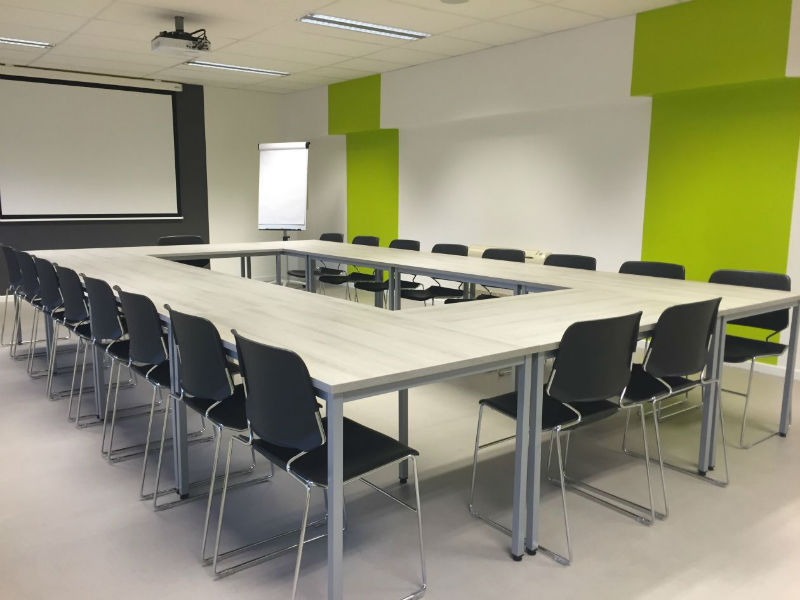
It is safe to say that interior design originated from architecture. It is an art and a science that aims to create a functional space to suit your purpose for the room or building being worked on. It is about bringing new experiences as you interact with the spaces at your workplace, home, public places, etc. Interior designers nowadays are teaming up with engineers, contractors, architects, dealers, among others. Many companies are providing the services and elements needed for interior decor such as metal fabrication, colors, lighting, furniture, and much more.
For instance, we found clients of Annapolis Railings & Stairs were really pleased because the principal of the company has an art background and has come up with some very creative ideas for them that really made their home or business stand out.
Interior design specializes in residential or commercial designs. Residential designs focus on private residences and are unique to the needs and wants of the clients. It may involve working on the project from the get-go or remodel an already existing structure. This category strives to produce an outcome that matches the client’s expectations or higher. Commercial designs, on the other hand, are sub-divided into many more categories. Examples are;
- Corporate for office designs
- Retail for stores, malls, showrooms, etc.
- Healthcare for hospitals, dental clinics, assisted living facilities, etc.
- Government offices and institutions
- Hospitality and recreation for hotels, bars, etc.
Elements of Interior Design
Metal
Contemporary designs require a lot of metal finishes to rooms such as kitchens, bathrooms, or even the stairs. Nickel, chrome, and stainless steel are some of the popular metals used to achieve that perfect finish. Your kitchen curb appeal will be enhanced if you choose stainless steel for some of your furniture or appliances. Metal finishes also blend well with artwork, lamps, shelves, etc., adds that uniform style to the other rooms.
Color
Color has become a common choice for modern styles and designs. Color may vary depending on the furniture, upholstery, draperies, artwork, lighting, available in the room. Neutral colors on walls such as pure white, brown shades, and cream are some examples of colors that work great with bold colored sofas, pillows, etc. Brighter colors, on the other hand, work better with dull colored furniture and upholstery. The key purpose is simplicity so that your space looks organized rather than cluttered and confusing.
Lighting
Lighting works best by illuminating the design of the room. It brings about different hues through the fixtures, floor lamps, pendants, etc. You may decide to keep things exciting and get a variety of colors for different rooms. A plain room can be greatly enhanced by good lighting.
Texture
This refers to the fabrics that you choose for your room. For a more natural setting, consider silk, wool, linen, or crushed velvet. Area rugs, overstuffed pillows, furniture upholstery, linen wallpapers and many others accentuate the metal finishes. If you are aiming for a clean, modern, and stylish look, keep away from complicated patterns.

